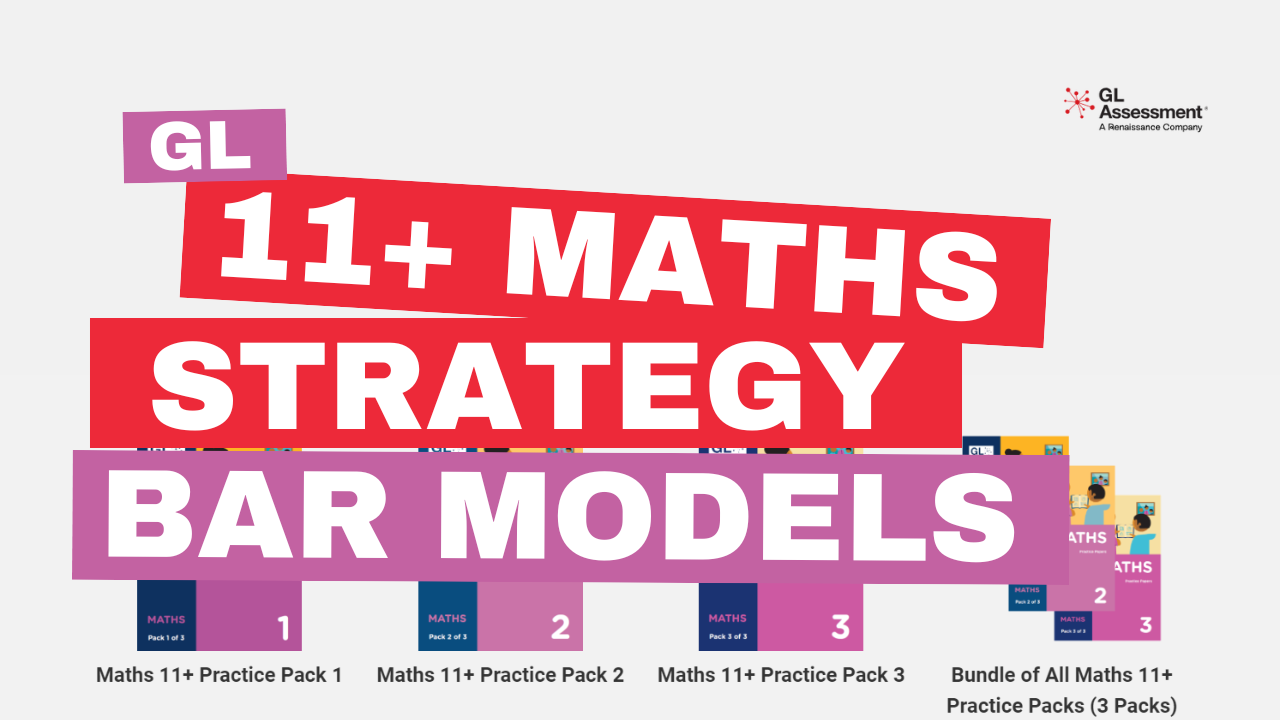Hi, everyone! Welcome back to another Singapore Maths Academy session. This is Mohi, and today we’re diving into a question from one of the eleven plus Facebook groups, shared by Anilia. Even though many have already answered it, today’s goal is to introduce a strategy that’s incredibly impactful for children. We’re focusing on helping them really understand the maths, encouraging problem-solving and reasoning which go hand in hand.
Understanding the Question
The question reads:
“There are 816 pupils in Southfield School. There are 28 more girls than boys in the school. How many girls are there in the school?”
Let’s break this down.
Key Information:
- Total Pupils: 816
- Girls: 28 more than boys
We’ll use a bar model to solve this, a method that helps in understanding and visualising mathematical problems clearly.
Breaking Down the Problem with a Bar Model
First, let’s identify what we know:
- S stands for Southfield School.
- B represents the number of boys.
- G represents the number of girls.
Let’s write that down:
- Total Pupils = 816
- G = B + 28
Using a bar model, we can visually represent this.
Step-by-Step Solution
Step 1: Represent Boys and Girls with Bars
Imagine a bar representing the number of boys. Since we know there are more girls than boys, we draw a longer bar for girls:
- Boys’ Bar: |——|
- Girls’ Bar: |———–|
Here, the boys’ bar (|——|) represents B. The girls’ bar (|———–|) represents B + 28.
Step 2: Understanding the Bars
The combined length of these bars represents the total number of pupils:
- Boys + Girls = 816
- Boys + (Boys + 28) = 816
- 2B + 28 = 816

Step 3: Solving the Equation
To find the value of B (number of boys):
- Subtract 28 from 816:
816 - 28 = 788 - Divide 788 by 2 to find the number of boys:
788 / 2 = 394
So, Boys (B) = 394.
Step 4: Finding the Number of Girls
Since we know there are 28 more girls than boys:
- Girls (G) = Boys (B) + 28
- Girls (G) = 394 + 28
- Girls (G) = 422
Therefore, there are 422 girls in the school.
Verification of Our Answer
To make sure our calculations are correct, we can check:
- Boys + Girls = 394 + 422 = 816
- Difference = 422 – 394 = 28
Everything checks out, as 394 boys and 422 girls add up to the total of 816 pupils with the correct difference.

“Teaching students to understand the process and why something happens is key in problem-solving and reasoning.” – MohI
Bar Models: A Powerful Method
The bar model method is a powerful way to solve problem-oriented maths questions, especially for the eleven-plus exams. It shifts the focus from rote memorisation to a deeper understanding of mathematical concepts. This visual strategy can be applied to various types of problems, making it a versatile tool in your mathematical toolkit.
Benefits of Bar Models:
- Visual Clarity: Makes abstract concepts tangible.
- Simplified Thinking: Breaks down complex problems into manageable parts.
- Enhanced Understanding: Helps in grasping the relationships between numbers.
- Problem-Solving Skills: Encourages logical and strategic thinking.
Conclusion
We hope this detailed walkthrough of solving a GL 11+ maths question using bar models has been helpful. This method isn’t just about getting the right answer—it’s about understanding the ‘why’ and ‘how’ behind the solution.
For further learning and practice, check out more resources and courses on our Singapore Maths Academy website. If you have any questions, feel free to ask.
Thank you for watching, and see you in the next time!


